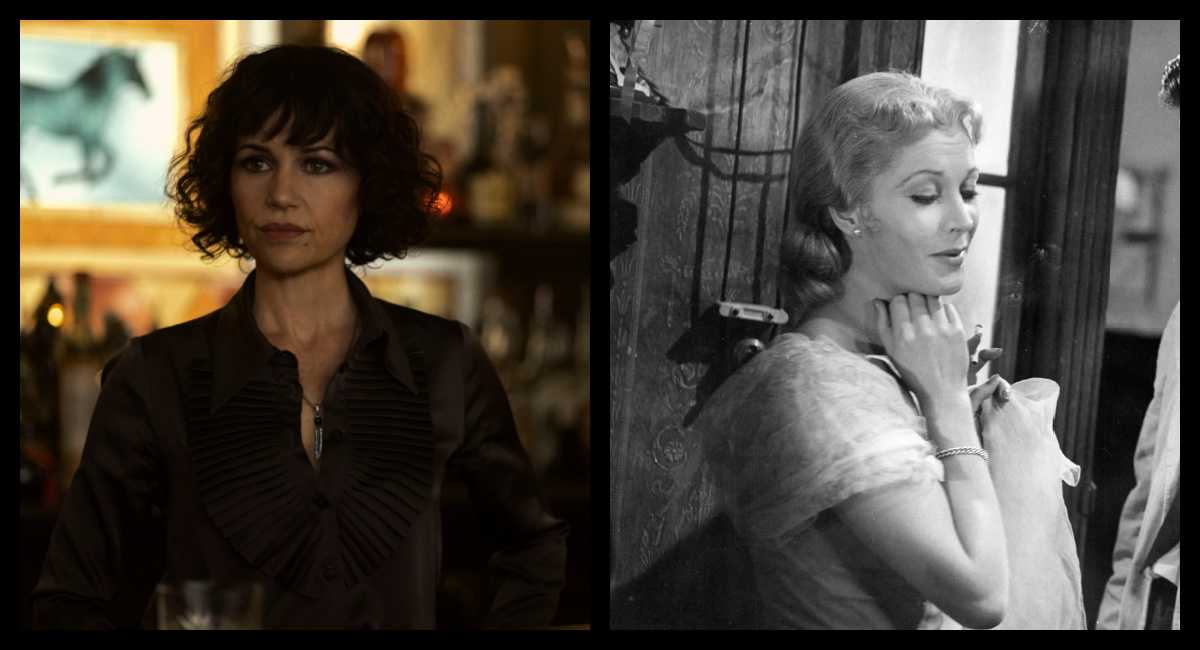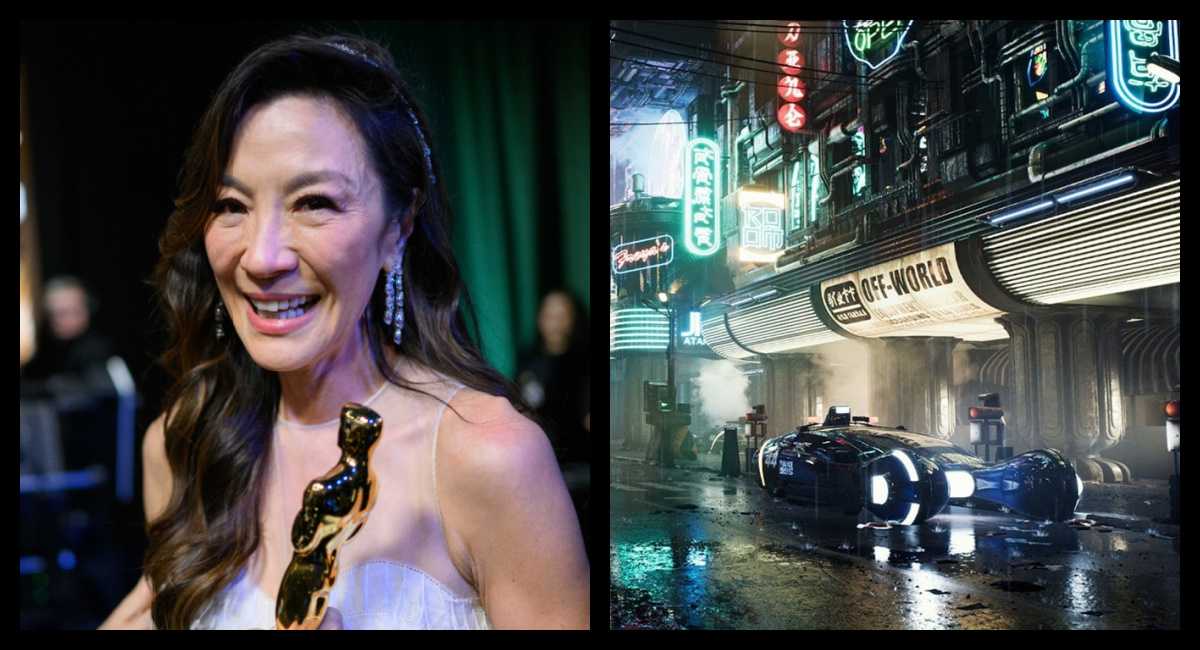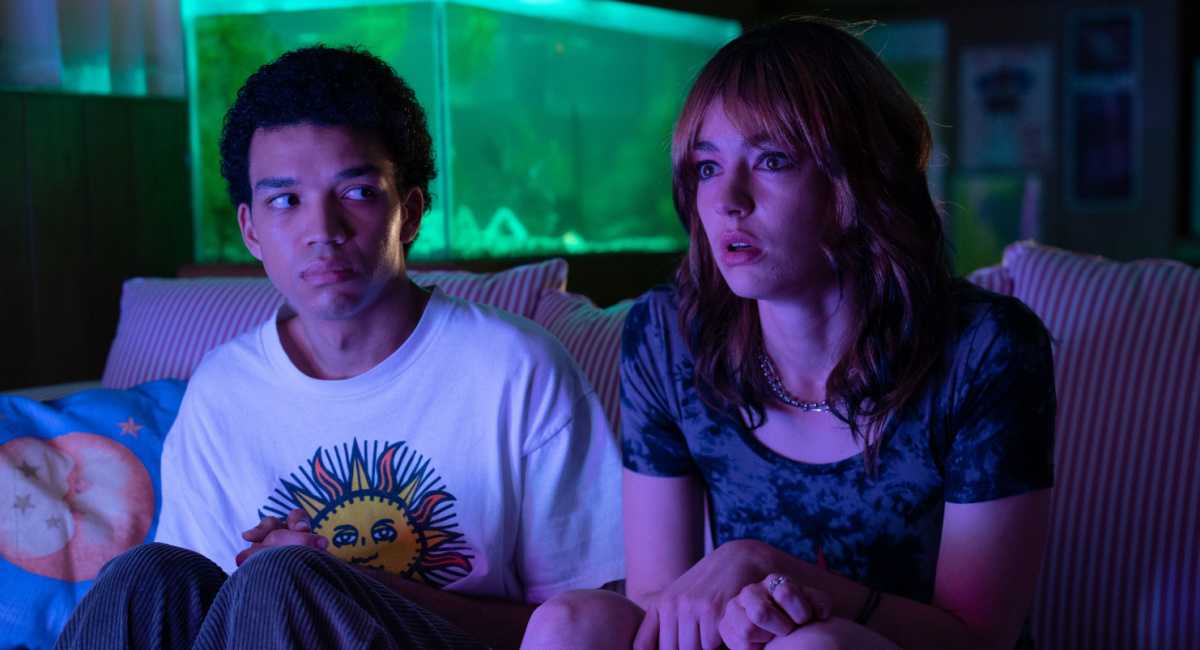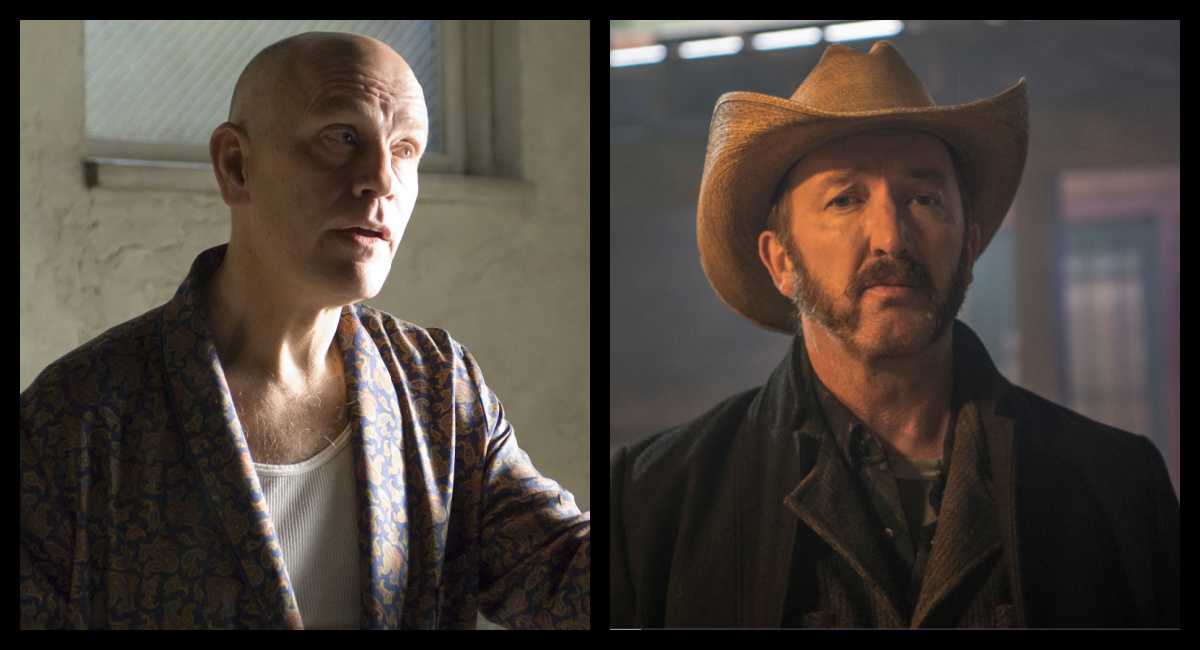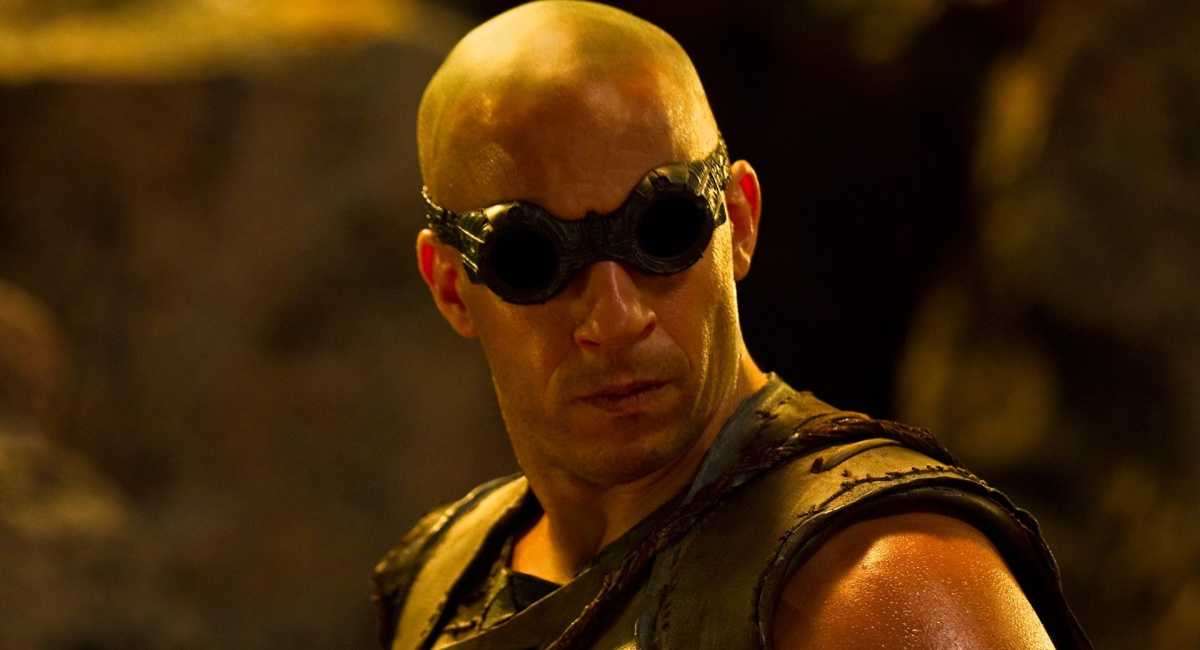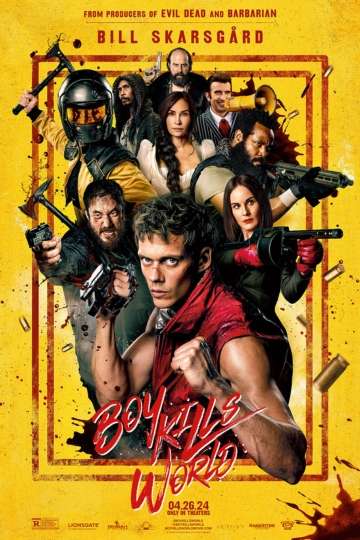'Spider-Man: Into the Spider-Verse' Review: This Is Unlike Any Spider-Man Movie You Have Ever Seen
“Into the Spider-Verse” is unlike any “Spider-Man” movie or almost any superhero movie you’ve ever seen.
Rendered like a four-color comic book and featuring spectacle that unfolds like the most abstract and boldest splash pages you’ve ever seen, and produced by “Cloudy With a Chance of Meatballs” and “The LEGO Movie” filmmakers Phil Lord and Chris Miller, their latest feels like a celebration -- and perhaps overdue reminder -- of all of the things that made them such an refreshing, inventive presence to both animated and live-action filmmaking.
Bolstered by voice performances from a uniquely eclectic cast against a backdrop that defies description (and may possibly induce a few seizures), “Spider-Verse” offers a welcome new chapter that intersects and beautifully expands the series -- and cinematic mythology -- of existing Spider-films.
Shameik Moore plays Miles Morales, a mild-mannered teen reluctantly shuttled to a new high school for academically gifted teens after demonstrating an exceptional aptitude for science and math. His dad Jefferson (Bryan Tyree Henry), a police officer, doesn’t know quite how to connect with him, choosing rigid discipline over gentle encouragement. But Miles ne’er-do-well uncle Aaron (Mahershala Ali) encourages his artistic impulses, even when they manifest themselves through graffiti and decidedly less legally suitable means of expression. After being bitten by a radioactive spider, Miles unexpectedly develops superhuman abilities, which he fails roundly to control, much less understand. But after his universe's Spider-Man dies trying to save New York from Kingpin (Liev Schreiber), Miles decides to take up the hero’s alter ego and finish the task that he failed to complete.
What Miles soon learns, however, is that Kingpin’s mysterious plan has brought multiple universes crashing together -- including multiple versions of the superhero whose shoes he aspires to fill. There’s Spider-Man (Jake Johnson), a dumpy unmotivated divorcee; Spider-Gwen (Hailee Steinfeld), a spunky teenage musician; Spider-Noir (Nic Cage), a hard-boiled detective; Peni Parker (Kimiko Glenn), a Japanese orphan with a mech-suit possessed by her father’s spirit; and Spider-Ham (John Mulaney), a spider who was bit by a radioactive pig.
As Kingpin gets closer to achieving his fiendish goals, this unexpected and unwitting team of Spider-People reluctantly decide to team up to stop him before his device unlocks their parallel universes, crashing them down upon one another and destroying reality as everyone in each of them knows it.
“Spider-Verse” feels like it takes place inside a comic book -- so much so, in fact, that the colors and shading of the artist’s pens feel like a part of each character’s personality. But writers Phil Lord and Rodney Rothman do more than pay homage to the storytellers and artists who brought their own unique spin to on generation of Spider-Man comics after another: They deconstruct the very nature of continuity, of multiple universes and storylines that create the cinematic continuities we slavishly examine as moviegoers and fans. There are no fewer than six different origin stories, one for each universe’s Spider-Man, and they’re all different only by a matter of degrees. These speak to the universality not only of the character’s journey, but to the elements that motivate their choices as heroes. That the movie acknowledges this openly only further enriches its smart, sophisticated look at timelines and connective tissue between not just various Spider-People but heroes in general -- it’s that sameness that we recognize and which resonates when their stories hit individual speed bumps.
At the same time, there’s a very specific and unique story at the heart of “Spider-Verse” between Miles, his father, and eventually, his uncle Aaron, two viewpoints that don’t seem equally appealing to a rule-breaking teenager, but he doesn’t yet recognize want the same things for him. He’s thrilled by the prospect of becoming a superhero, and recognizes the responsibility he’s inherited; but from whom does he learn how to use his powers? He soon discovers that it takes a village -- a village of Spider-People, no less -- as well as the values instilled by his family, and eventually, his own innate goodness and altruism. This reflexively gets rediscovered by some of his Spider-counterparts, in particular Johnson’s middle-aged Spider-Man, whose failed marriage and loneliness led him away from the sense of simple do-gooding that made him such an effective and beloved hero.
All of this adds up to much more than a conventional comic book movie. Though it’s aimed at kids, the complexity of "Spider-Verse's" world-building makes it enormously appealing to grown-up fans of superheroes, especially those familiar with even a few of the variations that pop up. The film's animated format -- which seems like the best way to describe it, given its live-action adjacent mythology, which references almost all of the Spider-films that preceded it -- creates a canvas that not only afford the filmmakers unique visual opportunities, but virtually reimagines the language used for Spider-Man himself. That two different Spider-Men can have a discussion down one side of a building and up the adjacent one, filmed vertically, and have it not only make sense but communicate details about each’s abilities and personality -- is no small artistic triumph.
But what eventually works best (and resonates most) about this superhero story is its deepest message --namely, that in the right circumstances, anyone could be Spider-Man. Though it sounds superficial, in a cinematic world where heroes are black, white, Asian, female, young, old and yes, even porcine, there’s something powerfully empowering about seeing them achieve on their own, and work together towards a common goal.
That’s what makes “Into the Spider-Verse” so special -- it recognizes that with great power comes great responsibility, and the filmmakers are able to wield both with sensitivity and precision.




